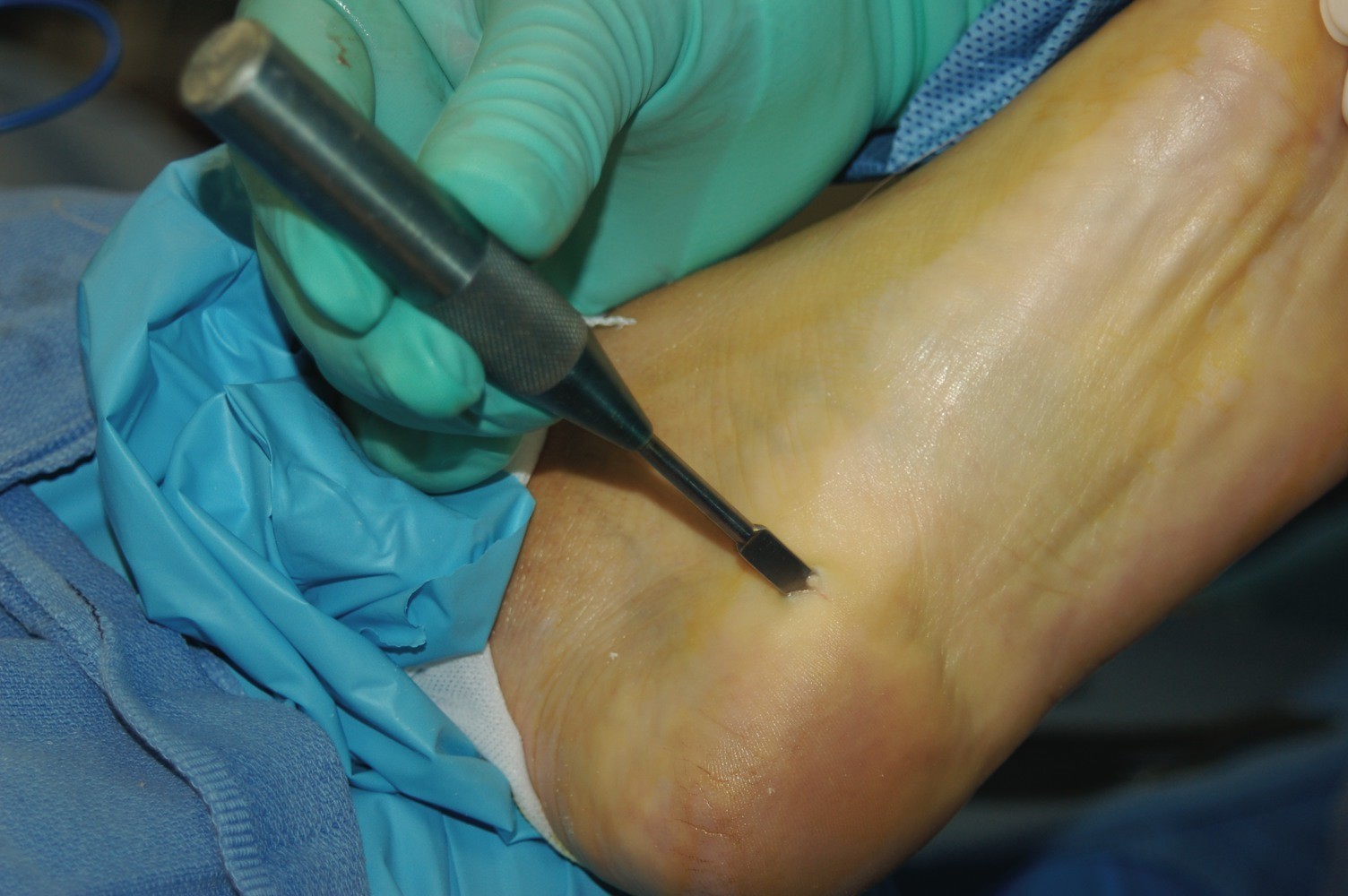
Plantar fascia is a long, thin line of tissue that is situated in lower part of foot. It connects a heel bonewith toes.
Plantar fascia is needed for amortisation of mechanical stress and strain that pressure on feet. Sometimes strong pressure could destroy or tear feet tissues. Inflamation is a natural reaction of the body to trauma, as a result pain muscle stiffness appear.
Risk factors
Plantar fasciitis is often appeared without any reasons. But there are many factors that could promote the dsorder:
- obesity
- foot high arch
- activities connected with running
- an increase of physical activity or new type of physical activity connected with foot strain
- foot inflexibility (muscle, ligaments firmness etc.)

Prominent heel is common to many people who have plantar fasciitis, but not every person feels pain having a prominent heel. Every tenth person has a prominent heel, but only one out of twenty feels pain. As a result, in some cases, plantar fasciitis could be treated without promenent heel removal.
Symptoms
Widespread symptoms of prominent heel:
- Pain in th lower part of a heel
- Pain that appears after first steps while walking; pain that occurs when a person gets up in the morning or after a long period of sitting, for example, after driving a car. Pain decreases in some minutes after walking aroud.
- Pain increases after physical activity
Conservative treatment
Conservative treatment is effective to 90% of patient who have a plantar fasciitis. The result may be noticed within 10 months.
Rest
It is essential to stop doing any activities that cause pain such as running on a hard surface, step aerobics etc.
Cooling
Massage 3 or 4 times a day for 20 minutes, using a bottle with cold water , helps to decrease pain in legs.
Nonsteroid anti-inflammatory medicine
Pharmaceutical drugs, such as ibuprofen and naproxen, release pain and inflammation. It is necessary to consult a doctor if a person takes these drugs more than one month!
Physical exercises
Plantar fasciitis could facilitate shin-bone and foot muscles stiffness. Expansion exercises are the most effective method of pain relief. Exercises based on foot muscles strengthening are quite effective while treating the promenent heel and plantar fasciitis in complex with other methods of treatment.
Hormonal injections
Hormonal injections are very effective anti-inflammatory medicine that are injected into inflammated area. The number of injections is limited because exessive use of them could lead to tissue atrophy. Consult a doctor before starting a treatment.
Orthoedic shoes
Shoes with thick sole and soft insert could release pain in a heel while standing or walking. When a person steps on the ground, fascia is under the pressure as a result it may lead to microtraumas. Soft shoes reduce the pressure on fascia and help to prevent microtraumas.
Physiotherapy
A doctor could advise you an exercise programm that has been worked out in co-operation with a a physiotherapist. Besides gymnastics physiotherapy may include cold therapy, massage and other methods of treatment, for example, an electric therapy.
During electric therapy treatment an electric impulse helps to heal wounds. Unfortunately, the research has been shown a low effectiveness of the method. Nevertheless, some doctors prefer this noninvasive method of treatment, because there is no alternative exept surgical intervention.
Surgical treatment
Surgical treatment is recommended on an individual basis and it depends on the reason of pain in a heel. The main goal of Estmedica clinic is the minimal injury rate of every procedure and quick rehabilitation by using modern technologies and treatment methods. Of course, a patient should discuss with a surgeon the necessity of surgical intervention before starting treatment.

